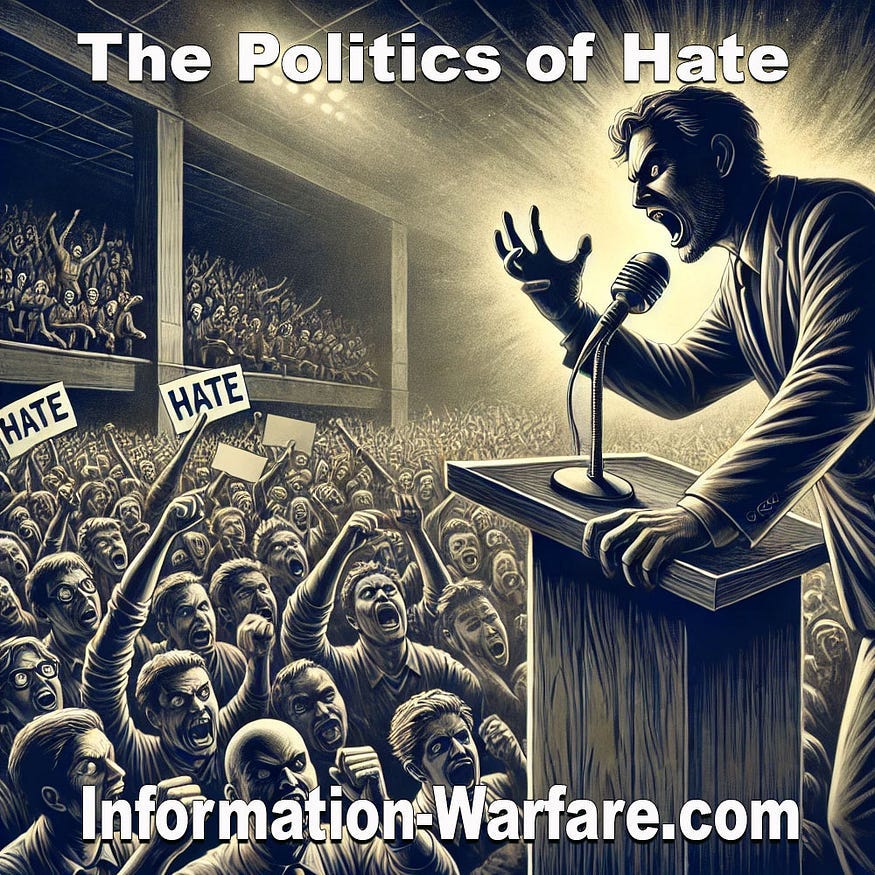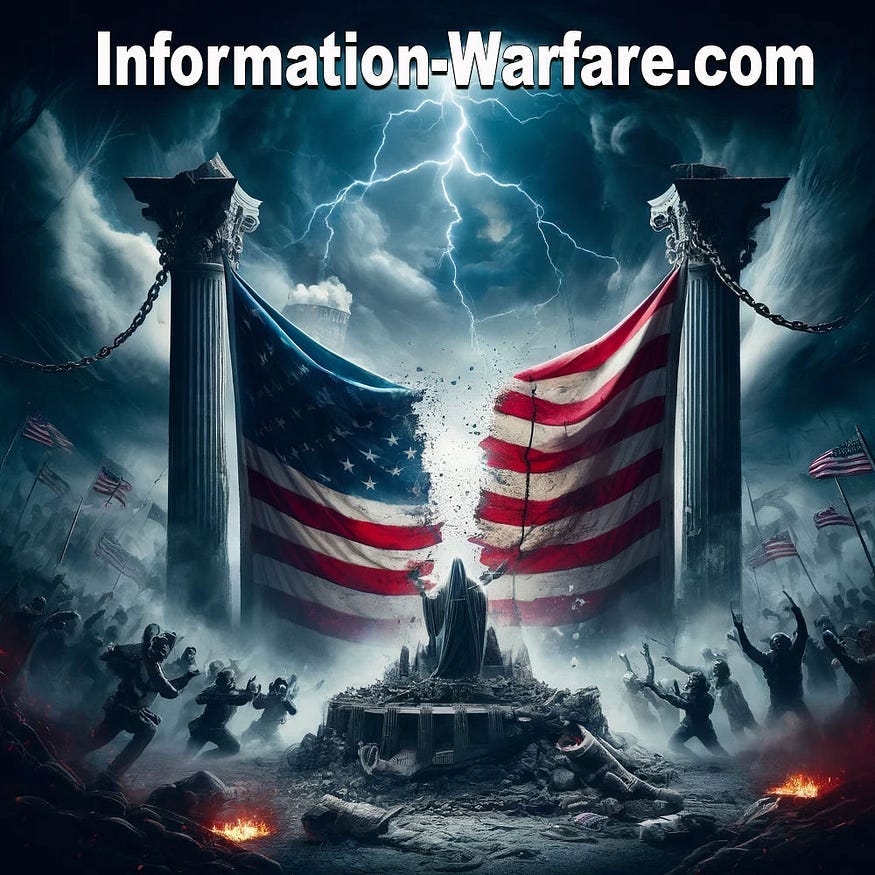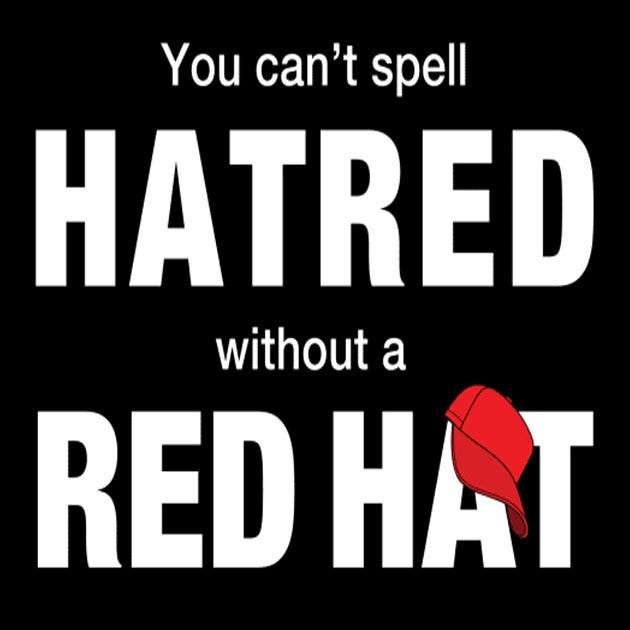The Politics of Hate
How America Fell for It!

In recent years, the United States has experienced a profound shift in its political landscape, one that has been increasingly defined by the politics of hate. This phenomenon, while not entirely new, has reached unprecedented levels, shaping public discourse, influencing elections, and driving a wedge through the heart of American society. The politics of hate, characterized by divisive rhetoric, fearmongering, and scapegoating, has taken root in the nation, raising urgent questions about how a country founded on principles of equality, freedom, and justice could succumb to such a destructive force.
The Rise of Divisive Rhetoric
The politics of hate thrives on division. It feeds off the fear of the other — whether that other is defined by race, religion, nationality, or political ideology. Throughout American history, moments of social and economic upheaval have often been accompanied by a rise in divisive rhetoric. However, the current era is marked by an unprecedented embrace of such rhetoric by mainstream political figures.
The 2016 presidential campaign of Donald Trump is often cited as a turning point in the normalization of hate-filled language in American politics. Trump’s rhetoric, which frequently targeted immigrants, Muslims, and political opponents, resonated with a significant portion of the electorate. His campaign slogans, such as “Make America Great Again,” invoked a sense of nostalgia for a past that, for many, was defined by social hierarchies and racial inequality. By positioning himself as a defender of these values, Trump effectively tapped into the fears and anxieties of voters who felt left behind by globalization and demographic change.
The Role of Media and Social Media
The media, both traditional and social, has played a critical role in amplifying the politics of hate. Sensationalism in news coverage, particularly in the 24-hour news cycle, has prioritized conflict and controversy over nuanced discussions of policy and governance. This has created an environment where hate speech and divisive rhetoric are given disproportionate attention, further entrenching these ideas in the public consciousness.
Social media platforms have also been instrumental in spreading hate. The algorithms that govern these platforms are designed to maximize engagement, often by promoting content that provokes strong emotional reactions. As a result, posts that incite anger or fear are more likely to go viral, creating echo chambers where users are exposed only to views that reinforce their existing beliefs. This has led to the rapid dissemination of misinformation and the proliferation of extremist ideologies, making it easier for hate to gain a foothold in the political discourse.
The Scapegoating of Marginalized Communities
A key component of the politics of hate is the scapegoating of marginalized communities. Throughout history, political leaders have often sought to consolidate power by identifying and vilifying an “enemy” within the populace. In the current political climate, this has manifested in the targeting of immigrants, racial minorities, and religious groups.
For example, the rise of anti-immigrant sentiment in the United States has been fueled by political rhetoric that portrays immigrants as criminals, job stealers, and threats to national security. This narrative has been used to justify harsh immigration policies, such as family separation at the border and the construction of a border wall. Similarly, the Muslim community has been demonized through policies like the “Muslim Ban,” which barred individuals from several Muslim-majority countries from entering the United States.
These actions are not just the result of policy differences; they are part of a broader strategy to divide the electorate by appealing to base instincts of fear and prejudice. By framing marginalized communities as scapegoats for broader societal issues, political leaders can deflect blame from their own failures and galvanize support from those who feel threatened by social change.

The Erosion of Democratic Norms
The politics of hate has also contributed to the erosion of democratic norms in the United States. As hate and division have become more central to political strategy, respect for the rule of law, the integrity of elections, and the principles of democratic governance have been undermined.
The January 6, 2021, attack on the U.S. Capitol is perhaps the most glaring example of this erosion. Fueled by false claims of a stolen election, a mob of Trump supporters stormed the Capitol in an attempt to overturn the results of the 2020 presidential election. This unprecedented attack on the peaceful transfer of power was a direct consequence of the politics of hate — a manifestation of the distrust and anger that had been stoked for years by political leaders willing to sacrifice democratic norms for personal and political gain.
How America Fell for It
Understanding how America fell for the politics of hate requires an examination of several factors. First, economic inequality and the decline of the middle class have left many Americans feeling disillusioned and disconnected from the political establishment. This sense of alienation has made them more susceptible to the appeals of demagogues who promise to restore their lost status by targeting those perceived as threats.
Second, the rapid pace of social change, particularly in terms of racial and gender equality, has led to a backlash from those who feel that their traditional values are under attack. This has created fertile ground for politicians who exploit these fears by framing social progress as a zero-sum game in which the advancement of one group comes at the expense of another.
Finally, the weakening of institutions designed to check the power of hate-filled rhetoric has allowed these ideas to flourish. The decline of local journalism, the rise of partisan media, and the failure of social media platforms to effectively moderate harmful content have all contributed to an environment where hate can thrive.
The Path Forward
Reversing the politics of hate will not be easy, but it is essential for the future of American democracy. This requires a concerted effort to promote empathy, understanding, and inclusivity in the public discourse. Education plays a critical role in this effort; by teaching critical thinking skills and fostering a deeper understanding of history, we can equip future generations to resist the allure of hate-filled rhetoric.
It also requires a recommitment to democratic norms and values. Political leaders must be held accountable for their words and actions, and institutions must be strengthened to ensure that they can withstand the pressures of demagoguery and division.
Finally, the media has a responsibility to move beyond sensationalism and focus on the issues that truly matter to the American people. By prioritizing truth and integrity in reporting, the media can play a key role in dismantling the politics of hate.
Conclusion
The politics of hate is a cancer that threatens the very fabric of American society. While it has found fertile ground in recent years, it is not an inevitable feature of the political landscape. By understanding how we arrived at this point and taking proactive steps to address the underlying causes, we can begin to heal the divisions that have been sown and work toward a more just, equitable, and united America. The choice is ours: we can either continue down the path of hate and division, or we can choose to embrace the values that have long defined the American experiment — values of equality, justice, and compassion.


